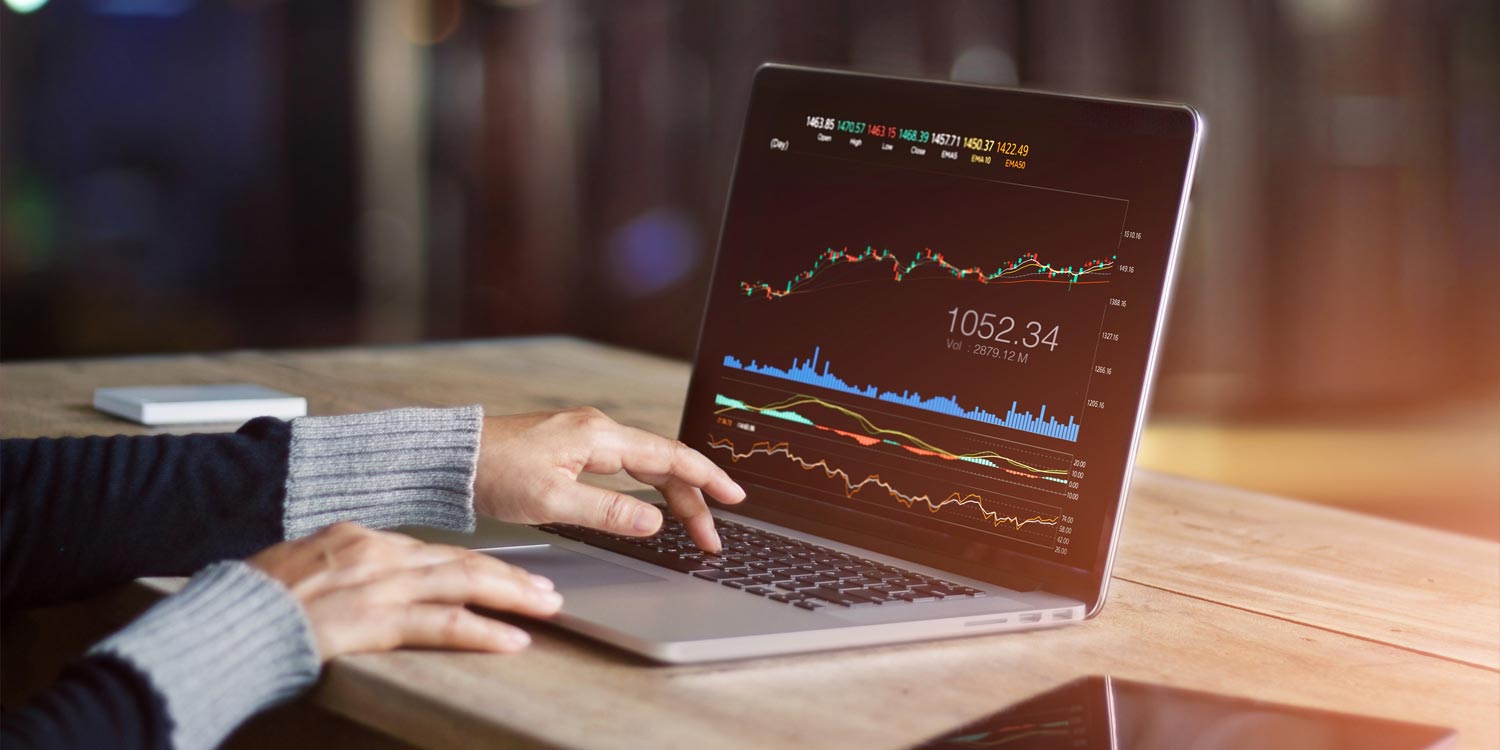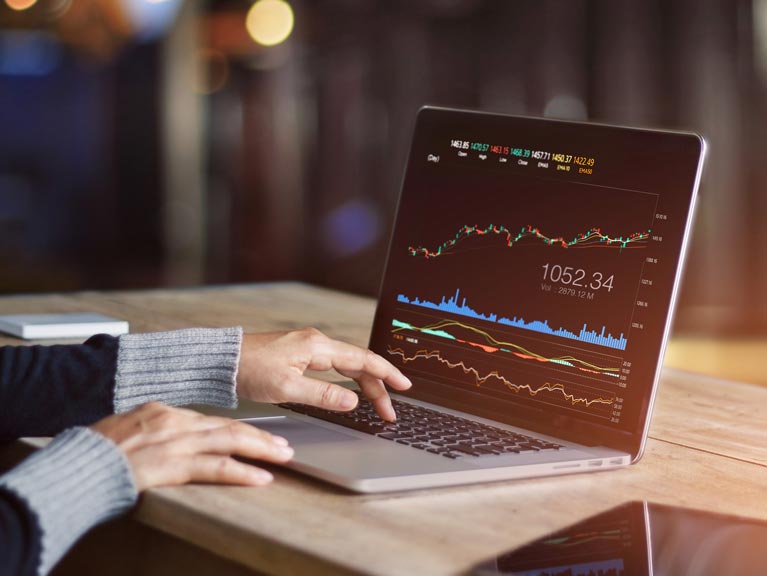An update from our Chief Investment Officer
25 Jun 2020 Ben Squires, Chief Investment OfficerMarket and performance update
This year has been unprecedented in many ways, including the impact on our lives and the global economy as social distancing brought economic activity to a halt. Unlike in previous downturns, which tended to see more gradual declines, activity in those parts of the economy that were most affected by social distancing completely ceased. The transmission effect of large parts of the economy stopping meant that very few industries were immune from the economic slowdown, with service-based companies impacted to a similar level as manufacturing.
The response by central banks and governments to support businesses and consumers has been significant and, in many countries, exceeded levels seen in the 2008 global financial crisis. Countries are likely to require more stimulus as social distancing restrictions are slowly relaxed. The extent of additional stimulus will be determined by the speed in which these restrictions are eased. From an Australian perspective, the actions of the RBA and government have been extremely supportive to enable businesses to make it through the lockdown period, and provide more confidence to markets. The Fund takes an active approach to its investment in the share market and, in doing so, is able to avoid those companies most at risk of default.
History teaches us many lessons about the relationship between economic activity and share market performance with many economic indicators such as employment, inflation and industrial production recognised as lag indicators (indicators that explain how conditions were in the past). As a result, markets tend to look for forward indicators, which provide evidence of what the future is likely to entail. Examples of these indicators include changes in consumer and business sentiment, housing formation, market volatility and credit formation. During periods of uncertainty, volatility increases with more ups and downs in markets, and it is not unusual to see share markets perform strongly despite company earnings and sales declining. We will continue to see weaker data such as high levels of unemployment, weak consumer spending, high saving rates and lower industrial production; however, what is more important to share market performance is the rate of change in these activities rather than the absolute levels, i.e. are these indicators more likely to improve rather than deteriorate in the future?
There remains good reason to maintain a cautious outlook given the risks associated with a second COVID-19 outbreak and the uneven recovery globally. It is unlikely that the lows seen in mid-March of this year will be repeated, but we may see markets weaken in the event of social distancing measures being re-tightened, which will result in a longer bottoming process in economic activity and markets re-assessing current share market prices given prospective future earnings.
The one year performance of the S&P ASX 200 as at 19 June was -11.14%, whereas global share market performance measured by the MSCI World ex Australia USD had recovered most of the losses and was up 1.55%. This result appears in conflict with weak economic activity, but history shows us that this disconnect between share markets and economic activity is not uncommon prior to a recession end.
Key factors
We consider these to be some of the key factors impacting the economy and share markets over the next 12 months:
- improvement in economic activity as social distancing measures are relaxed
- overseas travel will resume in 2021, but remain subdued as additional quarantining measures may impede international travel demand
- consumer preferences will more likely permanently change such as demand for domestic travel, consumption preferences and remote working
- volatility will remain high in share markets and we may witness some correction during the recovery phase
- monetary policy will remain accommodative (low interest rates)
- inflation will remain low as excess capacity in the economy is absorbed
- unemployment will remain higher for the remainder of 2020, but the recovery in economic activity in 2021 will aid employment growth
- globalisation has peaked and this may lead to changes in supply chain management and company inventory levels and local manufacturing – companies may focus more on resilience rather than cost and efficiency.
How NGS Super is responding
The COVID-19 outbreak was an exogenous shock and therefore impossible to predict. However, we know that these types of shocks do occur from time to time and that the portfolio needs to be built to minimise their impact. NGS has a strong risk management culture and any investment decisions are run through a rigorous process to understand the downside risk and therefore weighting within the portfolio. The portfolio was more defensively positioned leading into the downturn in early 2020, as we recognised that risks were mounting across global economies as share market prices remained high and economic growth was moderate with weak indicators of improvement. This meant that more risky exposures were reduced and more defensive allocations were increased between 2018 and 2019. This included holding more foreign currency, fixed income and cash. Since hitting lows in March of this year, the portfolio has been repositioned to take advantage of attractive opportunities, but at the same time maintain the defensive characteristics that provide portfolio protection. As markets fell throughout the first quarter of 2020, the portfolio remained invested and took profits from those areas that outperformed and reinvested in those areas with the most potential for excess returns during an economic recovery. The portfolio is well positioned to navigate the next 12 months and beyond, and it is important to remain focused on the long term by investing in businesses that will emerge from the recessionary environment in a stronger competitive position. The internal investments team, panel of advisers and external fund managers are actively assessing the opportunities and risks and adjusting the portfolio accordingly.
Large structural changes and thematic trends in the economy are a large part of the research and consideration given to future investment decisions. Some of these areas include:
- technological advancements — more investments in private equity, particularly in technology and healthcare companies
- changes in demographics — aging populations in developed economies and rising wealth in developing economies, changing consumer preferences
- climate change — making investments that have a tailwind associated with de-carbonisation and divestment of assets with a stranded asset and physical asset risk
- geopolitical risk — rising popularism and impacts on globalisation and the movement of people and demand on natural resources
- demand for data — investment made in high speed data and data storage
- social impact investing — partnering with government agencies and not-for-profit organisations to make positive social investments.
How has your super been impacted?
As at 20 June 2020, the Diversified (MySuper) option returned -0.29% for the financial year to date, recouping the majority of losses witnessed in the first quarter of 2020. The long-term returns remain strong so those members who remained invested have benefited from the recent recovery and therefore removed a significant risk associated with timing the market bottom.
The Fund actively adjusts its asset allocation to navigate the prevailing market conditions and seeks to protect and grow the portfolio by diversifying across countries, sectors, companies, industry and in both debt and equity investments. This ensures that no exposure will dominate the portfolio outcomes and over the medium to long term, the probability of meeting the investment objectives are higher. When markets sold off in quarter one of 2020, the fixed interest, cash and unlisted assets provided portfolio protection, and as markets rallied from mid-March, the share portfolio provided strong returns, enabling the portfolio to recover most of the earlier losses.


